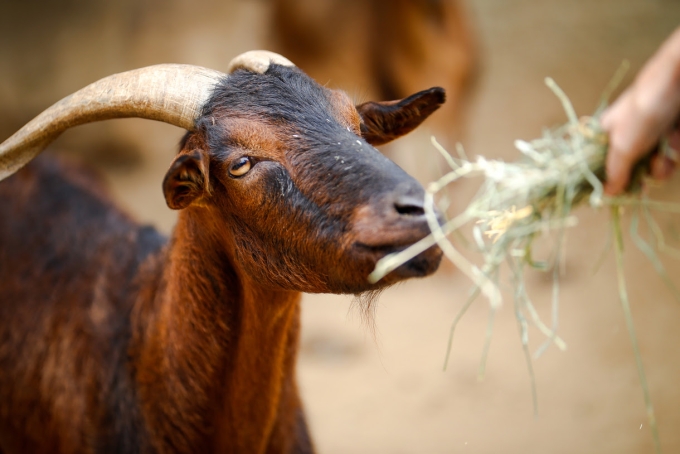It’s a tough job, but someone’s got to do it. In this case, the “job” is the breakdown of lignin, the structural biopolymer that gives stems, bark and branches their signature woodiness. One of the most abundant terrestrial polymers on Earth, lignin surrounds valuable plant fibers and other molecules that could be converted into biofuels and other commodity chemicals — if only we could get past that rigid plant cell wall.

Fortunately, the rather laborious process already occurs in the guts of large herbivores through the actions of anaerobic microbes that cows, goats and sheep rely on to release the nutrients trapped behind the biopolymer. In a paper published in the journal Nature Microbiology, researchers in UC Santa Barbara chemical engineering and biological engineering professor Michelle O’Malley’s lab prove that a group of anaerobic fungi — Neocallimastigomycetes — are up to the task. The researchers conducted this work in collaboration with colleagues at the U.S. Department of Energy (DOE) Joint Genome Institute, Lawrence Berkeley National Laboratory, Joint BioEnergy Institute and Great Lakes Bioenergy Research Center.
“You can think of lignin as kind of a skeletal system for plants,” said O’Malley, whose research focuses on finding and accessing alternate sources of energy and chemicals from what would otherwise be considered plant waste. Additionally, she said, lignin has properties that make the plant resistant to physical degradation by enzymes and pathogens. “Lignin is really important — it provides that hardiness and structure, but it’s equally difficult to break down for the exactly the same reason.”

Goats and other ruminants host anaerobic microbes that can break through tough plant cell walls to gain the nutrition behind them. Photograph by Lillian McKinney
